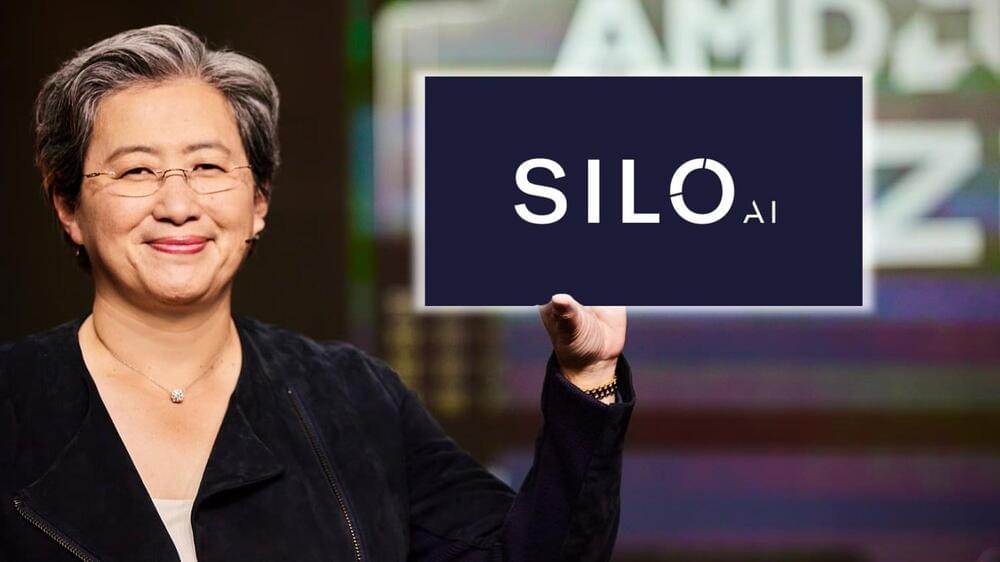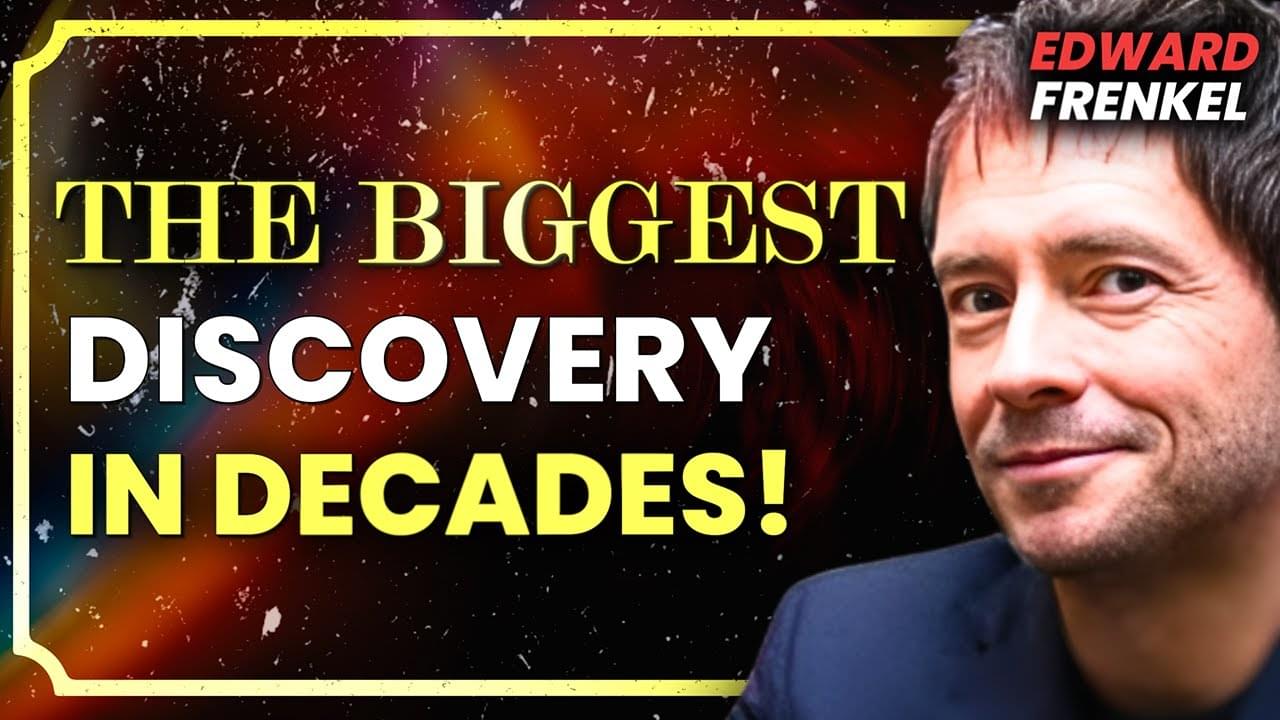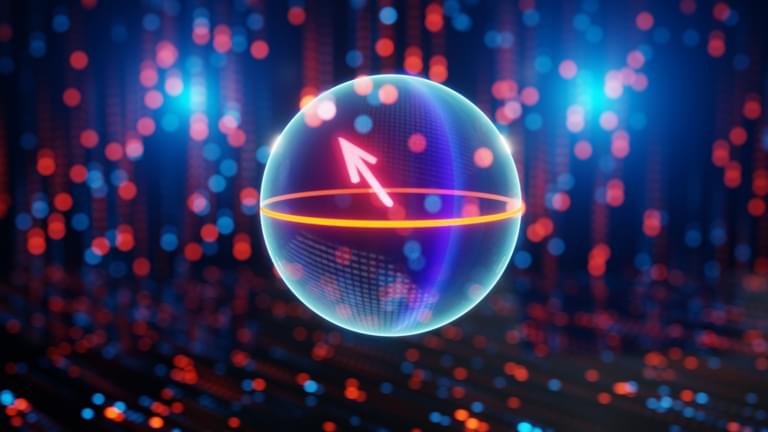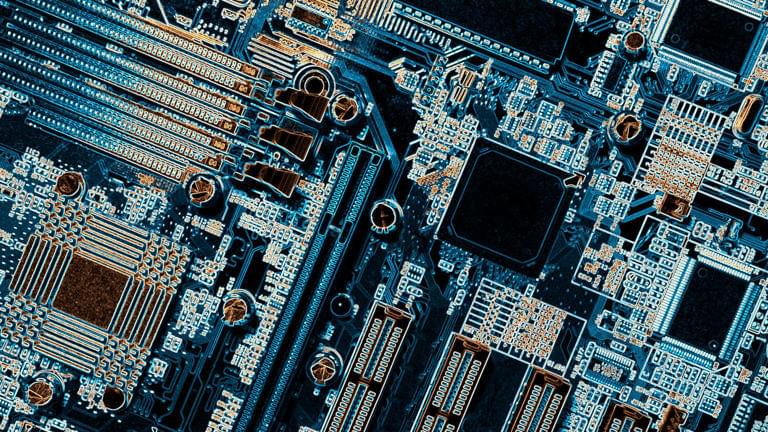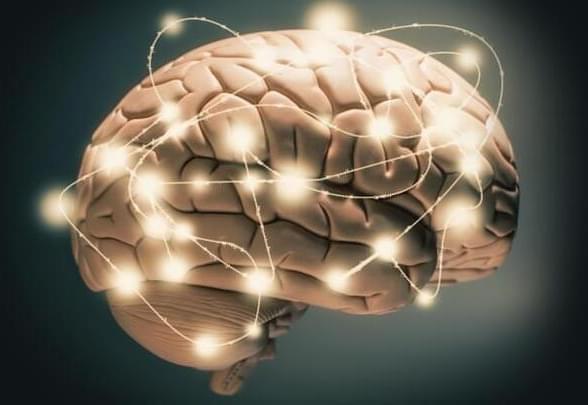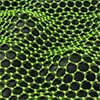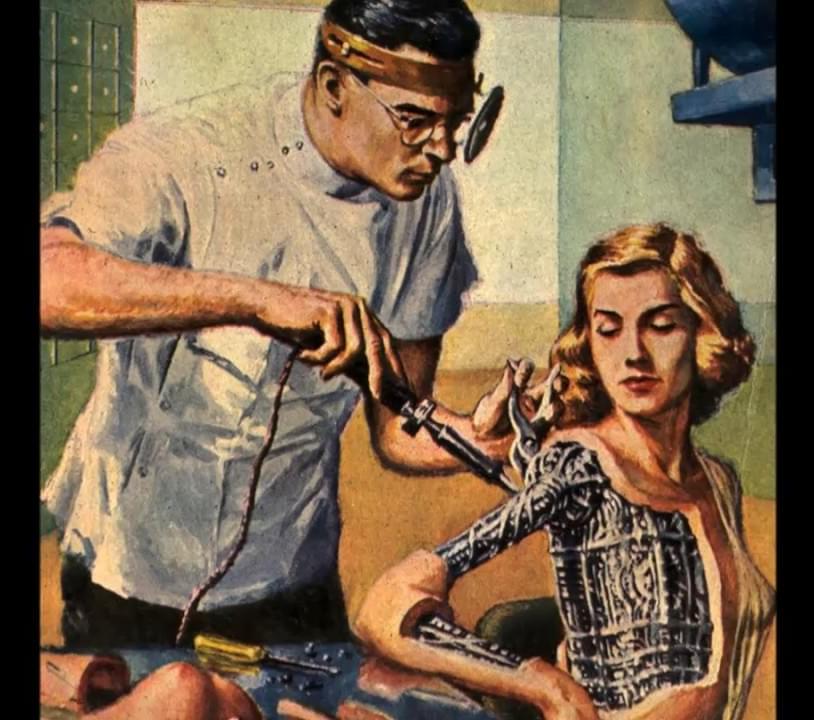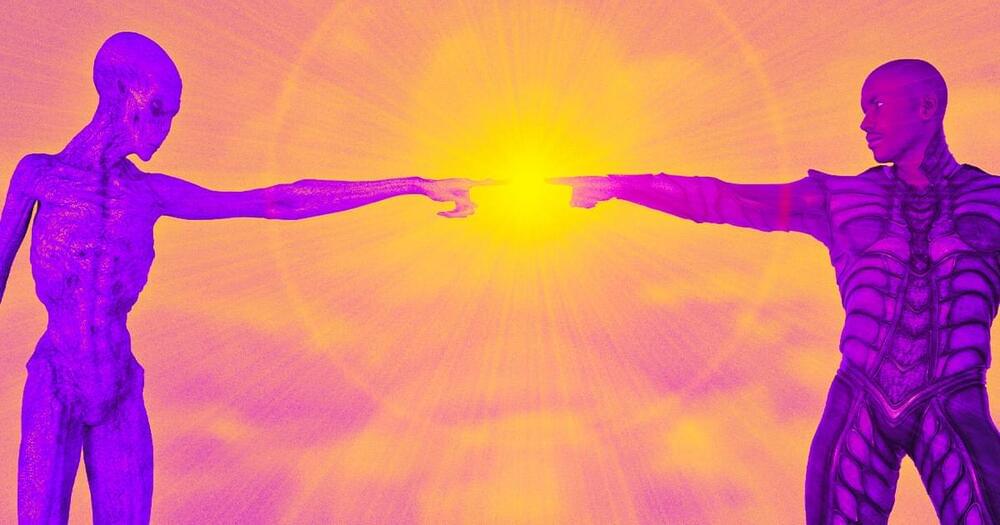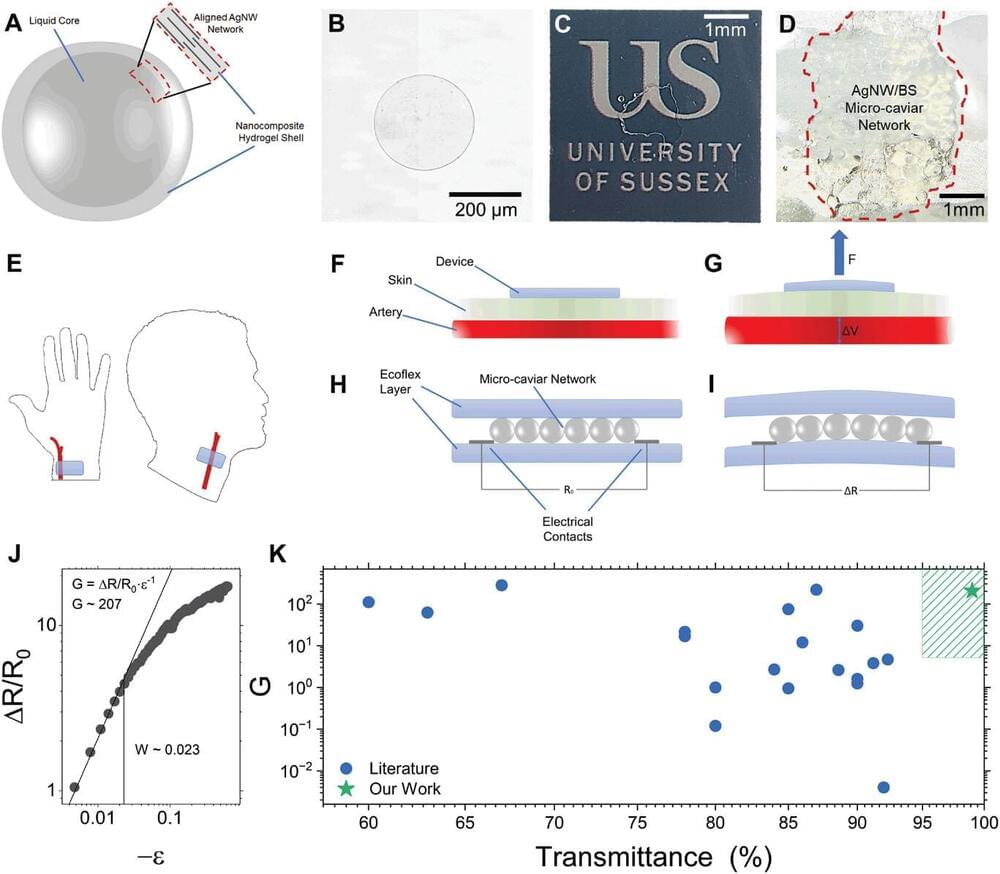$665 million in cash is nothing to sneeze at, and for AMD, the acquisition is the latest step in the company’s broader pivot that puts its main focus on AI and AI-related technologies. This is nothing new; we’ve seen the same shift happen in other companies like Google, Meta, Apple, and, of course, NVIDIA. However, NVIDIA’s AI focus started many years ago.
“AI is our number one strategic priority,” said Vamsi Boppana, AMD senior vice president, AIG. “We continue to invest in both the talent and software capabilities to support our growing customer deployments and roadmaps.”
“The Silo AI team has developed state-of-the-art language models that have been trained at scale on AMD Instinct accelerators, and they have broad experience developing and integrating AI models to solve critical problems for end customers,” Vamsi Boppana adds. “We expect their expertise and software capabilities will directly improve the experience for customers in delivering the best performing AI solutions on AMD platforms.”
